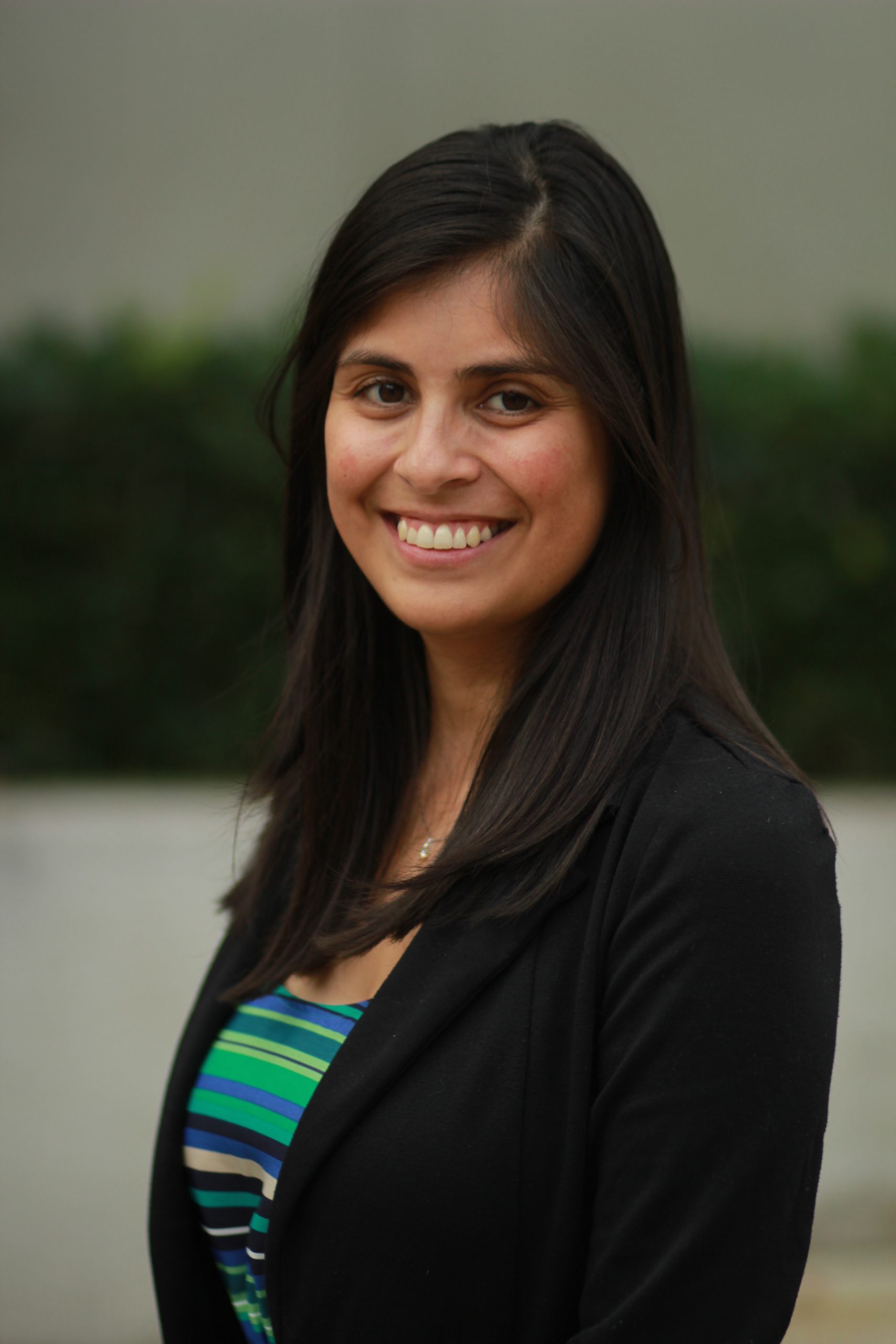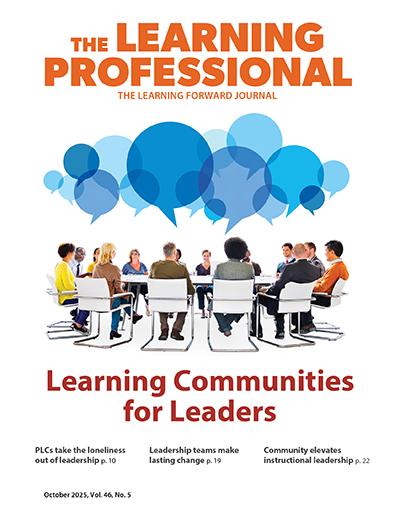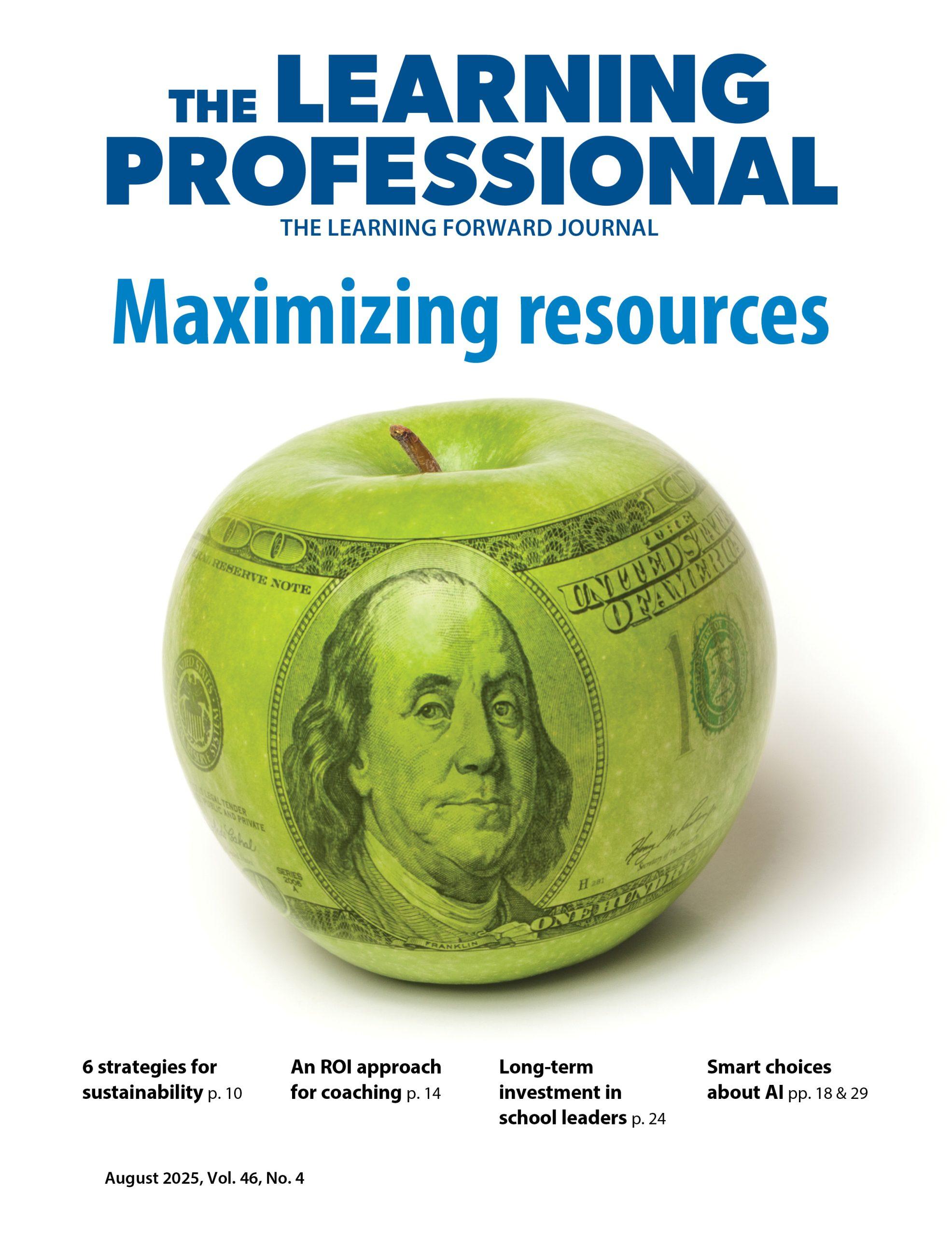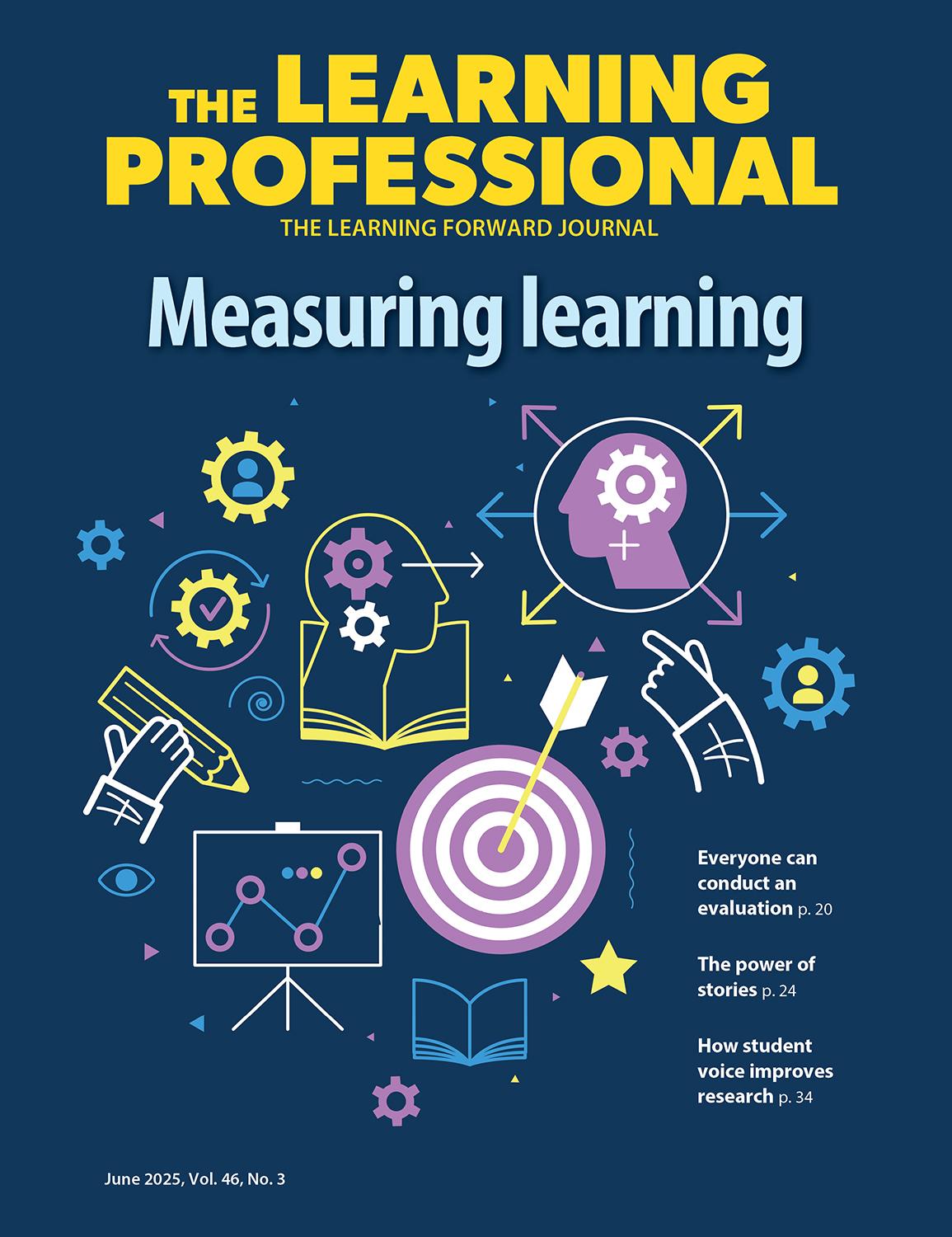FOCUS
COVID-19’s impact on Latinx students: What education leaders need to know.
By Guadalupe Díaz Lara, Lisa M. López, R. Gabriela Barajas-Gonzalez and Cynthia Garcia Coll
Categories: English learners, Leadership, Reaching all studentsDecember 2021
Read the remaining content with membership access. Join or log in below to continue.
Sed ut perspiciatis unde omnis iste natus error sit voluptatem accusantium doloremque laudantium, totam rem aperiam, eaque ipsa quae ab illo inventore veritatis et quasi architecto beatae vitae dicta sunt explicabo. Nemo enim ipsam voluptatem quia voluptas sit aspernatur aut odit aut fugit, sed quia consequuntur magni dolores eos qui ratione voluptatem sequi nesciunt. Neque porro quisquam est, qui dolorem ipsum quia dolor sit amet, consectetur, adipisci velit, sed quia non numquam eius modi tempora incidunt ut labore et dolore magnam aliquam quaerat voluptatem.
To learn more
For a detailed review of the research described in this article, see Addressing Inequities in Education: Considerations for Latinx Children and Youth in the Era of COVID-19, written by the authors for the Society for Research in Child Development’s special Statement of the Evidence on the impact of COVD-19.
bit.ly/3Ble78R
References
Barajas-Gonzalez, R.G., Ayón, C., Brabeck, K., Rojas-Flores, L., & Valdez, C. (2021). An ecological expansion of the adverse childhood experiences (ACEs) framework to include threat and deprivation associated with U.S. immigration policies and enforcement practices: An examination of the Latinx immigrant experience. Social Science & Medicine. doi.org/10.1016/j.socscimed.2021.114126
Chen, Y. & Thomson, D. (2021). Child poverty increased nationally during COVID, especially among Latino and Black children. Child Trends. www.childtrends.org/publications/child-poverty-increased-nationally-during-covid-especially-among-latino-and-black-children
Dorn, E., Hancock, B., Sarakatsannis, J., & Viruleg, E. (2020). COVID-19 and student learning in the United States: The hurt could last a lifetime. McKinsey & Company. www.mckinsey.com/industries/public-and-social-sector/our-insights/covid-19-and-student-learning-in-the-united-states-the-hurt-could-last-a-lifetime
Fortuna, L.R., Tolou-Shams, M., Robles-Ramamurthy, B., & Porche, M.V. (2020). Inequity and the disproportionate impact of COVID-19 on communities of color in the United States: The need for a trauma-informed social justice response. Psychological Trauma: Theory, Research, Practice and Policy, 12(5), 443-445. dx.doi.org/10.1037/tra0000889
García, E. & Weiss, E. (2017, September 27). Education inequalities at the school starting gate: Gaps, trends, and strategies to address them. Economic Policy Institute. www.epi.org/publication/education-inequalities-at-the-school-starting-gate/
Gelatt, J., Capps. R., & Fix, M. (2021, January). Nearly 3 million U.S. citizens and legal immigrants initially excluded under the CARES Act are covered under the December 2020 COVID-19 stimulus. Migration Policy Institute. www.migrationpolicy.org/news/cares-act-excluded-citizens-immigrants-now-covered
Kohli, R., Pizarro, M., & Nevarez, A. (2017). The “new racism” of K-12 schools: Centering critical research on racism. Review of Research in Education, 41(1), 182-202. 10.3102/0091732X16686949
López, L.M., Barajas-Gonzalez, R.G., Díaz, G., Moreno, F., & García Coll, C. (2020). Addressing inequities in education: Considerations for Latinx children and youth in the era of COVID-19 [Policy Brief]. Society for Research in Child Development. www.srcd.org/sites/default/files/resources/FINAL_AddressingInequalities-Latinx.pdf
López, L.M., Komaroff, E., Hammer, C.S., Rodriguez, B., Scarpino, S., Bitetti, D., & Goldstein, B. (2020). Are we all speaking the same language? Exploring language interactions in the homes of young Latino DLLs living in the U.S. Early Education and Development. doi.org/10.1080/10409289.2020.1718473
National Academies of Sciences, Engineering, and Medicine (NASEM). (2017). Promoting the educational success of children and youth learning English: Promising futures. The National Academies Press. doi.org/10.17226/24677
National Center of Education Statistics. (2019, February). Status and trends in the education of racial and ethnic groups: Indicator 8: English language learners in public schools. nces.ed.gov/programs/raceindicators/indicator_RBC.asp
National Institute for Health Care Management (NIHCM). (2020). Systemic racism disparities & COVID-19: Impacts on Latino health. nihcm.org/publications/systemic-racism-disparities-covid-19-impacts-on-latino-health
Osofsky, J.D. & Osofsky, H.J. (2018). Challenges in building child and family resilience after disasters. Journal of Family Social Work, 21(2), 115-128. doi.org/10.1080/10522158.2018.1427644
Osofsky, J.D., Osofsky, H.J., & Harris, W.W. (2007). Katrina’s children: Social policy considerations for children in disasters. Social Policy Report, 21, 3-18.
Padilla, C.M. & Thomson, D. (January, 2021). More than one in four Latino and Black households with children are experiencing three or more hardships during COVID-19. Child Trends. www.childtrends.org/publications/more-than-one-in-four-latino-and-black-households-with-children-are-experiencing-three-or-more-hardships-during-covid-19
Parent Institute for Quality Education (PIQE). (2020). Community needs assessment 2020. www.piqe.org/wp-content/uploads/2021/01/PIQE2020_CommunityNeedsAssessment_Fall.pdf
Romano, S.D., Blackstock, A.J., Taylor, E.V., Felix, S.E.B., Adjei, S., Singleton, C., Fuld, J., Bruce, B.B., & Boehmer, T.K. (2021). Trends in racial and ethnic disparities in COVID-19 hospitalizations, by region – United States, March-December 2020. Morbidity and Mortality Weekly Report. 70(15), 560-565.
Sanchez, G.R., Vargas, E.D., & Pedroza, A.A. (2020, July). Latino parent voices: What our families need now. Abriendo Puertas/Latino Decisions. nationalsurvey.ap-od.org
U.S. Department of Education. (2021). Education in a pandemic: The disparate impacts of COVID-19 on America’s students. Office for Civil Rights. www2.ed.gov/about/offices/list/ocr/docs/20210608-impacts-of-covid19.pdf
U.S. Department of Health and Human Services. (2021). Health disparities resource. www.hhs.gov/civil-rights/for-individuals/special-topics/health-disparities/resources/index.html
Categories: English learners, Leadership, Reaching all students
Recent Issues
MAXIMIZING RESOURCES
August 2025
This issue offers advice about making the most of professional learning...
MEASURING LEARNING
June 2025
To know if your professional learning is successful, measure educators’...
NAVIGATING NEW ROLES
April 2025
Whether you’re new to your role or supporting others who are new,...
LEARNING DESIGNS
February 2025
How we learn influences what we learn. This issue shares essential...













